Opinion / How BMW and Mercedes-Benz rediscovered their luxurious roots: after competition from Toyota, Audi, Tesla and more, are the auto brands back on top?
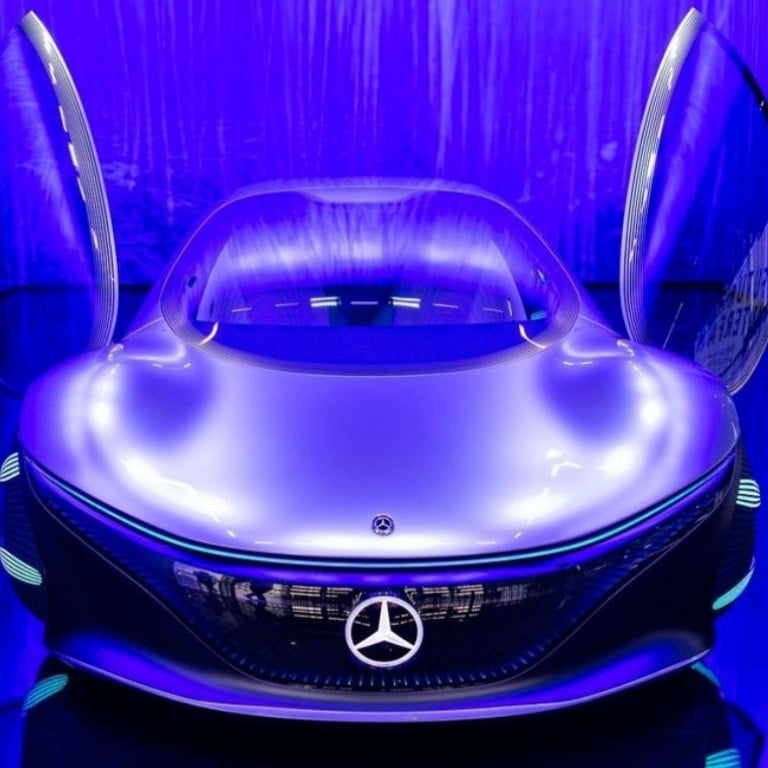
This is part of STYLE’s Inside Luxury column.
Mercedes and BMW once were the undisputed leaders in luxury cars. Their flagship products, the S-class and the 7 Series, were leaders in innovation for decades. Hence, when customers wanted to buy the ultimate luxury, other than the ultra-luxurious Bentley and Rolls-Royce, which are seldom considered practical daily driving cars, the choice was between these two brands.

Over the last two decades, the dynamic changed. Audi went upmarket and became the challenger in technology. Porsche diversified its portfolio from pure sports cars and launched the Porsche Panamera for customers looking for a sportier alternative to the more traditional limousines. Toyota launched Lexus and became a serious luxury contender, especially in the US market. And more recently, Hyundai entered with Genesis and started offering astounding quality and craftsmanship with dramatically lower prices compared to the two traditional German leaders.
What Mercedes can learn from Louis Vuitton when it comes to storytelling
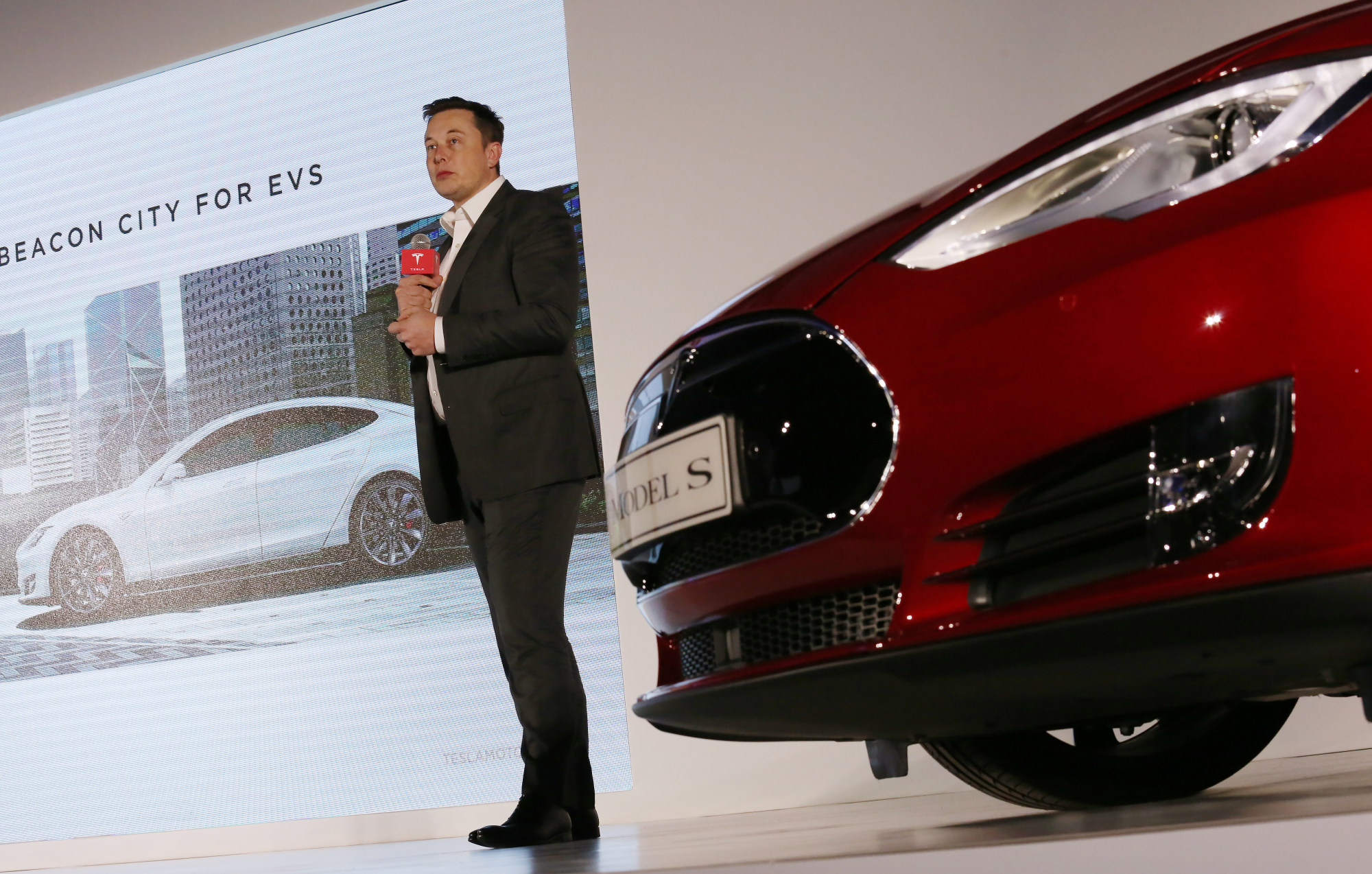
Both brands then expanded their portfolios to include entry-level cars. When Mercedes launched the 190, at the time dubbed the “Baby Benz”, commentators feared that the brand would lose its lustre. Still, the car was a commercial success and inspired the company to go further with entry-level cars. The company launched the A-class range and its derivatives, which were soon matched by BMW’s one and two series.
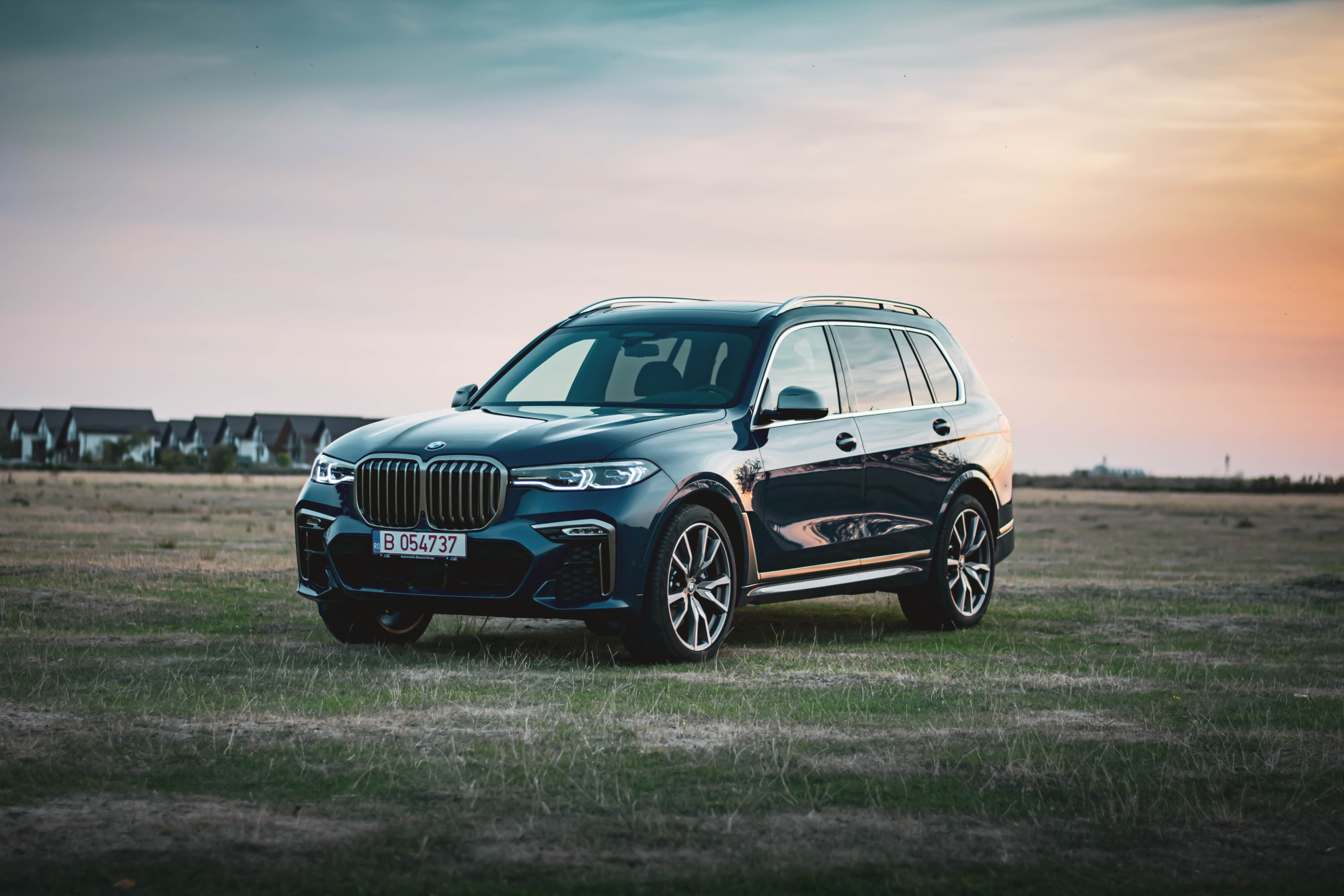
Today, the luxury leaders offer cars in practically every price segment and often blur the lines between premium and entry level. Hence, overall, the brand positioning has become much less clear. An indicator was the recent attempt by BMW to separate mass market products and top tier offers with an advertising campaign that depicted products like the seven or the large SUV X7 explicitly as “luxury”, and referring to the brand with the full company name “Bayerische Motoren Werke” instead of simply “BMW”.
What luxury cars does Harry Styles own?
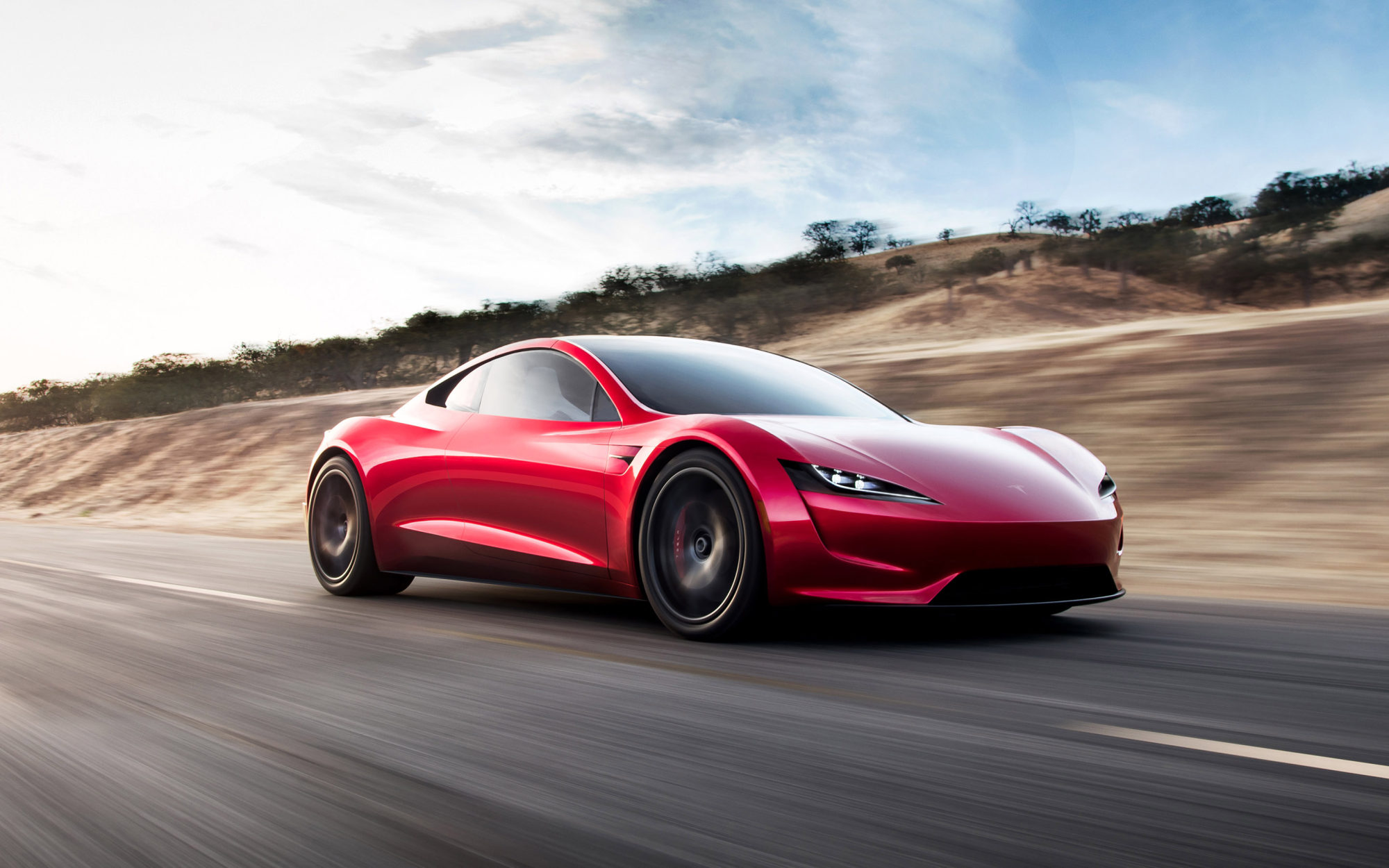
While the brands have expanded dramatically with smaller vehicles, Tesla took the lead in innovation around electric and self-driving technologies and lured the most valuable customers away. Endless restructuring and cost saving initiatives were the result. Finally, it took the pandemic to help both brands to rediscover their luxury origins.
The global chip shortage created a crazy new reality in which cars like the Mercedes G-Wagon were sold at dealers above sticker prices and where demand outstripped supply. And suddenly the unthinkable happened: no more discounts and a drastic increase in profitability.
As the Financial Times reported, both Mercedes and BMW achieved much higher return on sales in the last quarter than in the previous quarter: Mercedes profit jumped to 12.2 per cent (from 8.4) and BMW to 16 per cent (from 8.6).
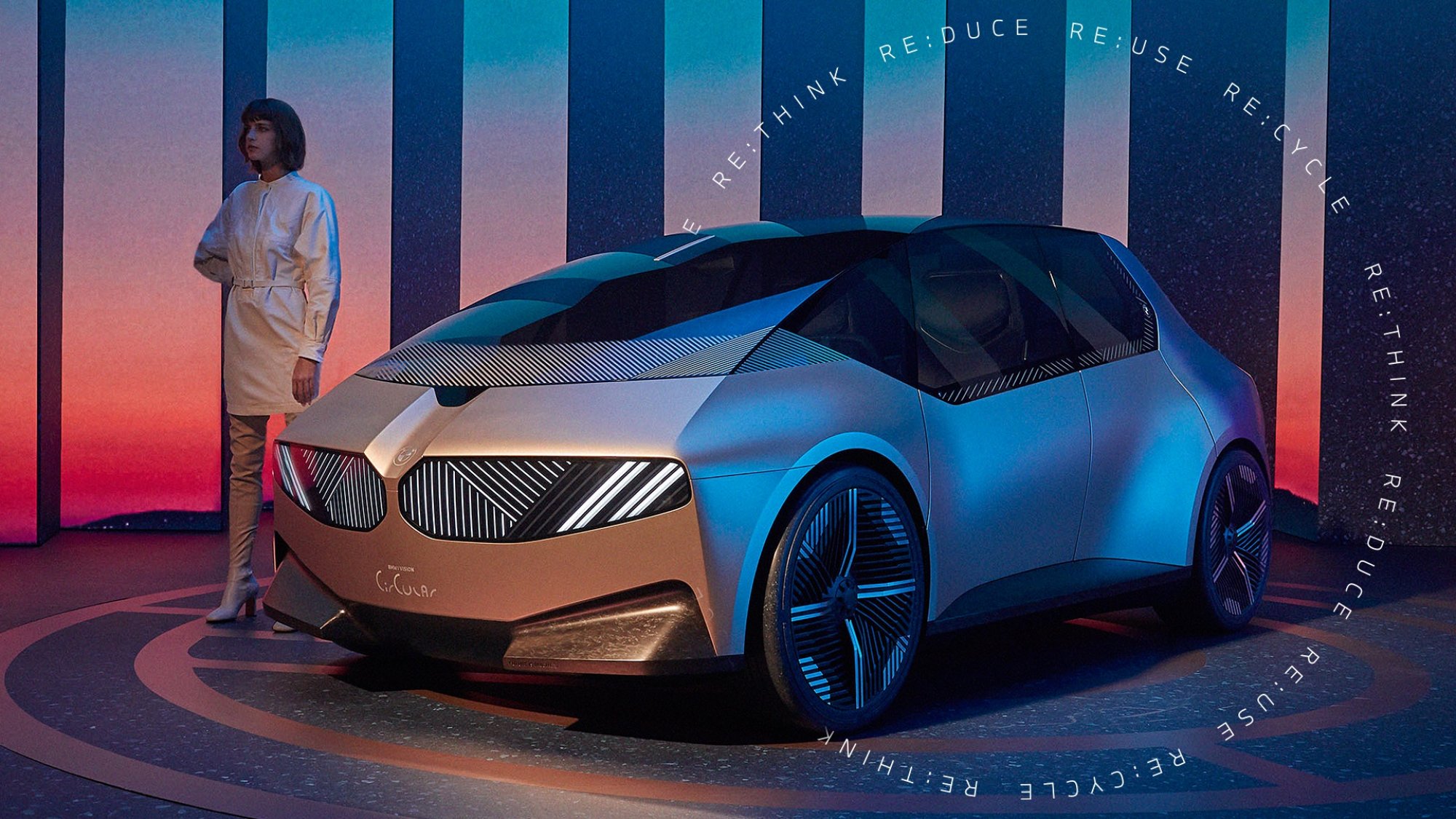
8 of the sweetest whips in basketball legend LeBron’s epic car collection
What can brands learn from that? It is critical to challenge the strategy ideally even without a crisis. Both brands have achieved their leadership positions through the emotion that is created by their unique brand experiences which are most differentiated at the top level. When brands diversify too broadly and move away from an experience-focused extreme value creation approach to a volume approach, the overall brand equity can easily suffer.

I am excited that both brands are rediscovering their roots. Now it will be critical to follow through and not just increase prices but, importantly, excite customers with incredibly emotional and competitive products, a task that will not be easy, given the technology lead by Tesla. An exciting opportunity for luxury car buyers, if the brands excel.

- The S-class and the 7 Series were once leaders in the market until Porsche launched the Panamera and Tesla’s Model S electric car became a tech billionaire favourite
- The global chip shortage led to cars like the Mercedes G-Wagon being sold at dealers above sticker prices, leading to an increase in profitability